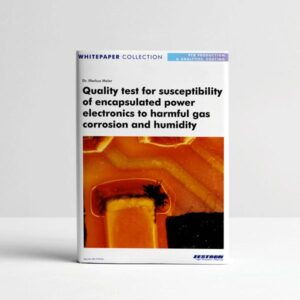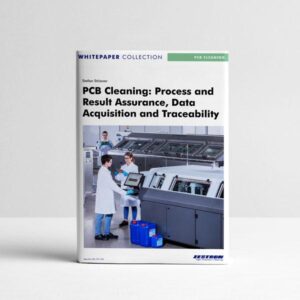Description
[08/2022]
The climatic reliability testing of electronic PCBs currently consists of several sequential serviceability tests, such as thermal cycling, salt spray, dew, harmful gas, adhesive tape removal, and operational simulation tests. The majority of these procedures involve cost-intensive equipment. The tests frequently require between three and six months to perform. This lengthy testing time in particular contradicts the rapid development times targeted and often specified for electronically controlled systems.
In the future, calculation methods for climatic PCB reliability could therefore become just as important for realising test time reduction and pre-optimisation as the calculation methods employed today for determining thermal and mechanical reliability.


 Dr. Helmut Schweigart
Head of Reliability & Surfaces, ZESTRON EUROPE
Dr. Helmut Schweigart obtained his doctorate for research into the reliability of electronic sub-assemblies, and he has been employed at ZESTRON Europe since the early days of the company. He is now Head of Reliability & Surfaces Team. He is also a member of the Board of Management at GfKORR (Gesellschaft für Korrosionsschutz - a company specialising in corrosion inhibitors) as well as an active member of GUS (Gesellschaft für Umweltsimulation - an environmental simulation company) and of the IPC. He has already published numerous technical articles.
Dr. Helmut Schweigart
Head of Reliability & Surfaces, ZESTRON EUROPE
Dr. Helmut Schweigart obtained his doctorate for research into the reliability of electronic sub-assemblies, and he has been employed at ZESTRON Europe since the early days of the company. He is now Head of Reliability & Surfaces Team. He is also a member of the Board of Management at GfKORR (Gesellschaft für Korrosionsschutz - a company specialising in corrosion inhibitors) as well as an active member of GUS (Gesellschaft für Umweltsimulation - an environmental simulation company) and of the IPC. He has already published numerous technical articles. 


